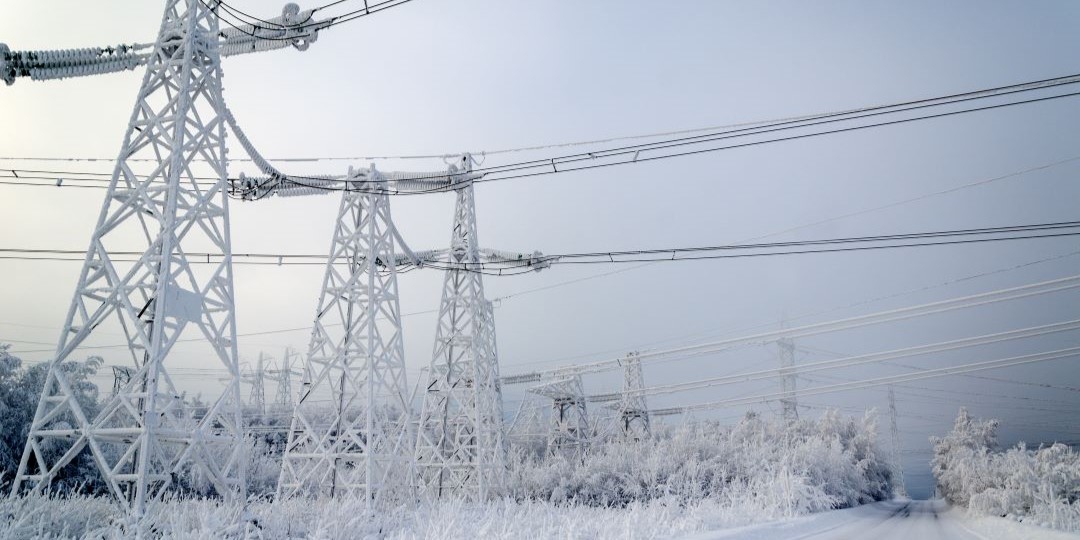By Jack Jackson, Sr Reliability Specialist NERC Services
As we come in to fall the threat of unexpected and severe winter becomes a daily ritual of checking the weather to see how much you need to bundle up and make sure you have all those contingency items to get around safely. And with ISOs and Regional Entities sending out surveys and posting materials we are reminded that generators need to take similar if not more intense precautions as these preparations have the potential to effect thousands.
Severe winter weather can cause icing and other mechanical problems that inhibit generator functionality and even potentially generator availability. While FERC, NERC, the ISOs and the Regional Entities all have reports, training and lessons learned from extreme winter weather conditions It’s worth revisiting for new facilities that haven’t experienced a wild winter or existing facilities that have seen it all before. Complacency and overconfidence are no match for the machinations of Mother Nature on a bad day. While its not possible to cover all the materials these entities have compiled here we can cover some critical thinking with regards to winter weather.
- Know your limits – Beyond maintaining awareness of your electrical limits and facility ratings, it’s important to know to what temperature the facility is expected to operate to. Keeping this number in mind as you scan weather reports can be the biggest asset to maintaining availability.
- Review your work – Warm weather maintenance can easily be overlooked for cold weather impacts. And it’s not only existing facilities but new facilities as well that can be impacted. Double check all maintenance items no matter how small to make sure that heating elements or insulation materials are in place.
- Changes to the neighborhood – Many facilities have the benefit of being in on their own in their little part of the world. That doesn’t stop the world from encroaching into the vicinity of these choice locations whether it’s a warehouse, another industrial process or even another generator. These changes can impact anything from the way the wind blows across equipment to competitions for water supply. An evaluation to changes to surrounding structures and resources should be evaluated in winter preparations.
- Aging materials – As equipment and materials age they can fail for any number of reasons. For this reason, care should be taken with protections against extreme winter conditions to ensure that as they age they are not silently diminishing the protections they provide. While this won’t rule out any sudden failures, audits of winter weather protections can reduce the scope or severity of age related failures.
Care should be taken when moving through the winter preparations checklist. Time spent considering conditions and changes while performing winterization checks can save time from needing to complete assessments of winter outages. Large facilities can be taken down by the smallest component and likewise any recommendation or observations should be given due consideration to maintain availability. While this is not a new topic, there is always room for improvement in either established facilities or new constructions that haven’t previously experienced severe winter weather.
